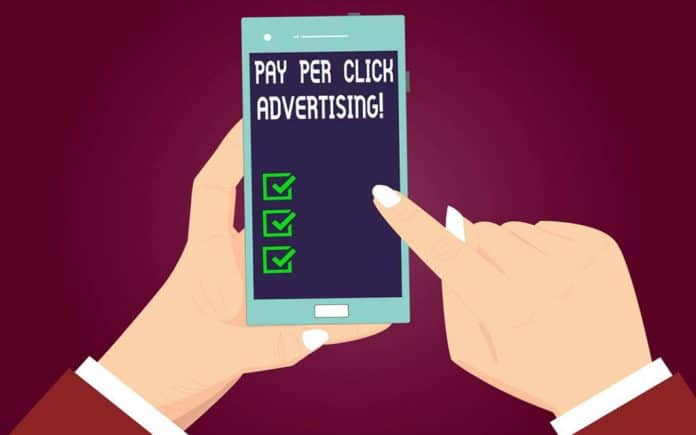Pay-per-click (PPC) advertising is an effective way to get your business noticed on the web. PPC advertising allows businesses to target specific audiences and pay only when someone clicks on their ad. While it may seem complicated, PPC advertising can be a great tool to increase website traffic and ultimately sales. You will need to decide what keywords you want your ad to appear under in search engine results pages (SERPs). This means picking relevant words or phrases that people are likely to use when searching for products or services like yours. Once these decisions have been made, you can set up an account with one of the major providers such as Google Ads or Microsoft Advertising. These platforms provide tools for managing campaigns and setting budgets so that you can monitor how successful your ads are at driving traffic and conversions. Pay per click advertising works by allowing businesses to bid on certain keywords and phrases.
Benefits of Pay-Per-Click Advertising
Pay-per-click (PPC) advertising is an effective way for businesses to reach their target audience, increase visibility and generate leads. PPC advertising has become increasingly popular with small businesses due to its ability to generate high ROI and its flexibility in targeting customers. Here are some of the key benefits of PPC advertising:
1. Low Cost & High ROI: One of the biggest advantages of using a pay-per-click model is that it’s a low-cost form of advertisement with a high return on investment (ROI). With just a small budget, you can create campaigns that have the potential to drive significant traffic, leads, or sales.
2. Targeted Audience: With PPC advertising, you can target specific audiences based on demographics such as age, gender, location, and interests so your ads will be seen by people who are most likely interested in your products or services. This makes it easier to get more leads from qualified prospects who are likely to convert into customers.
3. Flexible Bidding Options: With PPC campaigns you can choose between different bidding options such as cost per click (CPC), cost per acquisition (CPA), or cost per impression (CPI).
Types of Pay-Per-Click Ads
Search Ads: The most common type of PPC ad is a search ad, which appears in SERPs when someone searches for a keyword related to your business or product offering. Search ads allow you to target specific keywords that match up with user intent and make sure your business appears at the top of SERPs when those keywords are searched – giving you greater visibility than organic results alone can provide.
Display Ads: Display ads appear on third-party websites as banner or image ads, text links, or video clips that link back to a landing page on your website where users can learn more about what you’re offering.
Setting up a Pay-Per-Click Campaign
The first step in setting up a PPC campaign is to do some research on the keywords people are using when they search for products or services related to yours. This can be done through keyword research tools such as Google AdWords Keyword Planner, which will help you identify popular and relevant keywords with high search volumes. Once you have identified your target keywords, it’s time to create your ad copy, which should include your desired keywords within the headline and body of text for maximum impact.
Next, decide what type of network you want to advertise on – Google Ads or Bing Ads – depending on where most of your target audience hangs out online. You’ll also need to set up an account with either one of these networks if you haven’t already done so. Before getting started with a PPC campaign, it’s important to understand the different strategies available and which one might be best for you. Here are some of the most common PPC advertising strategies that can help you reach your goals:

. Targeted Keywords: One of the main elements of successful PPC advertising is selecting the right keywords that target potential customers who are searching online for products or services related to yours. Using keyword research tools like Google AdWords Keyword Planner will help you identify popular search terms and determine how much competition there is in each market segment so you can bid on those keywords more effectively.
2. Ad Copy Optimization: Once you have identified relevant keywords, it’s time to create compelling ad copy that resonates with potential customers and encourages them to click through to learn more about what your business offers them.
Conclusion
Pay-per-click advertising is an effective and affordable way for businesses to increase their reach and generate leads. It enables businesses to target potential customers with precision, as well as measure the effectiveness of campaigns in real-time. However, it is important to understand how PPC works before diving into a campaign and be prepared for the costs associated with it. When used correctly, PPC can be a powerful marketing tool that helps businesses reach larger audiences while increasing the overall ROI of their marketing efforts.



